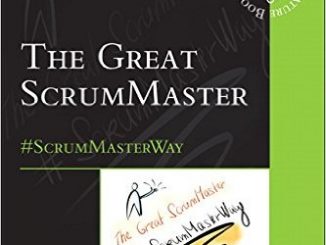Articles, Blog Posts, Books and Quotes on Agile Project Management
The concept of team is at the heart of Agile software development and frameworks like Scrum. Forming high performance Agile teams is however not obvious. In this article, Debbie Madden suggests five steps that could bring your software development teams beyond the basic principles of Agile.
Some software development teams try to adopt Scrum, but they don’t achieve the full benefits of this approach. This might be due to the fact that the teams customize Scrum in a way that is inappropriate. In this article, Pablo Pecora suggests five aspects of Scrum, like the planning poker, that you cannot skip if you want to get the benefits of Agile.
Agile is about giving responsibility to the people, and self-organization is one of the way this is achieved. Agile is also about continuous improvement and adaptation. To follow this journey, the Scrum teams need to assess how they are doing and where they should improve. In this article, Ben Linders discusses Agile self-assessments and how they can support the continuous improvement process to an Agile mindset.
If some consider Scrum as an Agile project management framework, many people consider that is is more a product management approach. Anyway, Scrum is about understanding the need of the customers to deliver value. In this context, the concept of “personas” can be used to support user-centered design throughout a product development cycle by focusing on the characteristics of key user segments.
Even if the Scrum framework is simple and easy to describe, there are still many cases were organizations fail in adopting Scrum. One of the main reasons is that many companies see the transformation towards Agile as a simple change in the process and not the adoption of new values. In this article, Zuzi Šochová explains that you cannot just do Scrum, you have to be Scrum.
Retrospectives are an important tool for Agile software development teams to support continuous improvement. One of the challenge is to maintain their efficiency when this activity is repeated again and again. To achieve better results, Scrum Masters will diversify the type of formats, but this might not solve the issue. In this article, Colleen Johnson proposes an approach that focuses instead on the type of data collected to improve the outcome of your retrospectives.
The ScrumMaster role is certainly the Scrum role that differs the most from what organizations might have known in the past. The Scrum Guide defines the Scrum Master as “a servant-leader for the Scrum Team. The Scrum Master helps those outside the Scrum Team understand which of their interactions with the Scrum Team are helpful and which aren’t. The Scrum Master helps everyone change these interactions to maximize the value created by the Scrum Team.”






